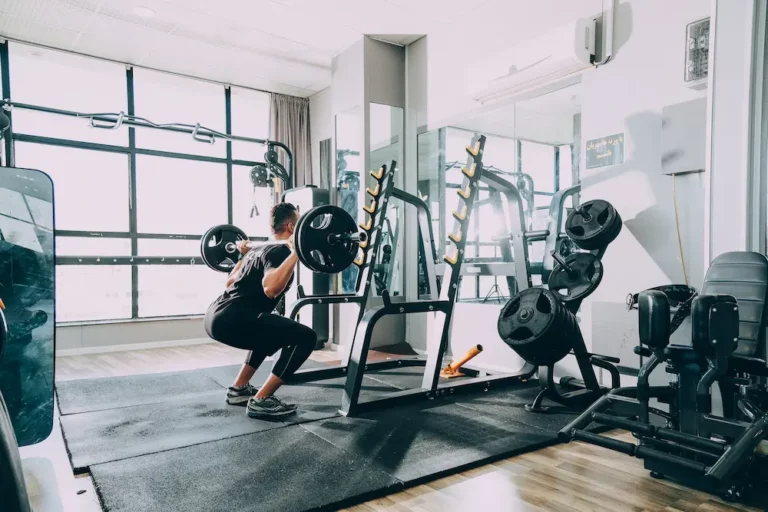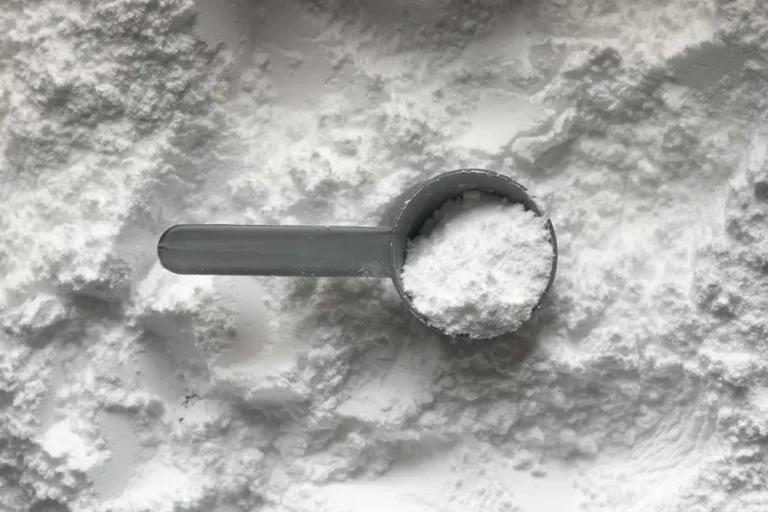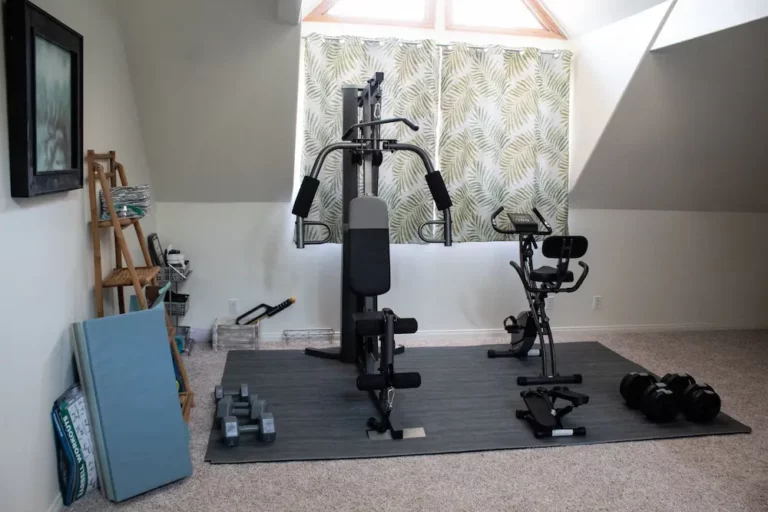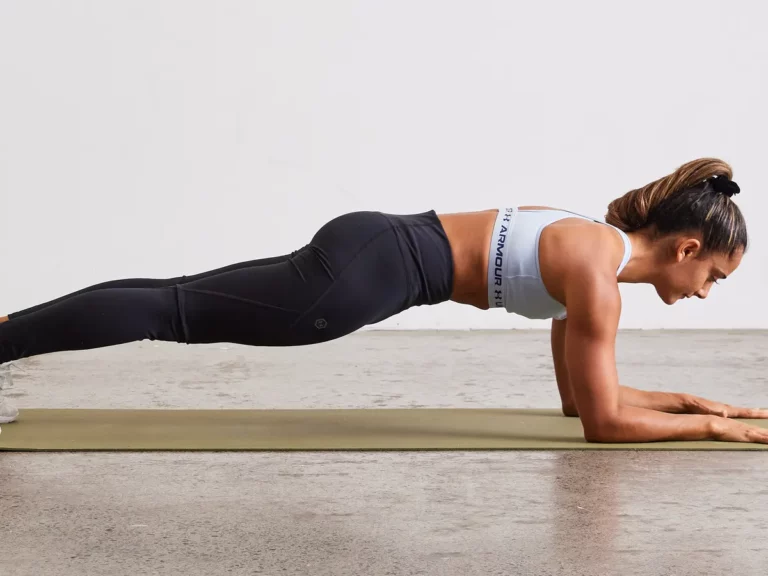How to Get Big Hands: Safe Muscle Building Techniques
Ever found yourself envying folks with big hands, especially when lifting weights at the gym? I know I have. It’s not just about the look; having small hands can really put a damper on your grip strength, making it tougher to nail those deadlifts. But guess what? It turns out, we’re not stuck with the hand size we’re born with.
I stumbled upon some fascinating research that flipped everything I thought I knew about hand size on its head. No longer just a game of genetics, increasing the size of your hands naturally is actually possible. So, if you’ve been dreaming about bigger hands to help with your fitness goals or just because, you’re in luck. Let’s dive into how you can achieve those gains, beyond what you thought was possible.
Introduction to Hand Size Enhancement
In my journey to understand how to achieve bigger, stronger hands, I’ve dived deep into the various elements that contribute to hand size enhancement. It’s been a fascinating exploration, especially as I’ve uncovered the blend of genetic, anatomical, and exercise-related factors that play a role. Let’s delve into the essential aspects, starting with the anatomy of the hand and the role genetics play in its size.
Understanding Hand Anatomy
When I first started looking into how to get bigger hands, I realized a crucial aspect was understanding the structure I was dealing with. Our hands are complex tools comprised of muscles, bones, tendons, and ligaments. They work together to perform an immense variety of tasks, from gripping heavy weights at the gym to performing intricate maneuvers like playing an instrument.
The hand itself doesn’t have a lot of muscle mass; most of the muscles that control hand movement are actually located in the forearm. However, it’s possible to target these muscles, along with the tendons and ligaments in the hand, to improve strength and potentially enhance the hand’s overall appearance. Exercises that focus on grip strength, wrist flexibility, and finger mobility can contribute to this development.
Genetic Factors in Hand Size
As much as I’m an advocate for the power of exercise and dedication, it’s important to acknowledge the role of genetics in hand size. Our genes determine the basic structure and potential size of our hands, much like they influence our height and other physical traits. That said, I’ve learned that genetics isn’t the be-all and end-all.
While we can’t change our genetic makeup, focusing on what we can control — like enhancing muscle strength and tendon flexibility — can lead to improvements in hand function and possibly perceived size. This realization propelled me to focus less on the limitations imposed by genetics and more on the opportunities for growth and improvement through targeted exercise and proper nutrition.
Exercises for Strengthening Hands
In our quest to learn how to get bigger hands, it’s crucial to delve into specific exercises that target and enhance the muscles within our hands. Efficient workouts not only pave the way for stronger grips but also contribute to the overall muscular development of the hands. Let’s explore a series of exercises tailored for hand strengthening.
Hand Gripper Exercises
I’ve found hand gripper exercises to be a cornerstone in enhancing hand strength. These compact devices are designed to fit in your palm, and through repetitive squeezing, they significantly improve your grip strength. Here’s my routine: I aim for about 2 to 3 sets each day, with each set consisting of about 6 to 8 reps. What’s great about hand grippers is their convenience and simplicity. You can practically use them anywhere, be it at your desk, while walking, or lounging on the couch. The key is consistency. Over time, I noticed not just an improvement in my grip but also in the muscular definition of my hands.
Using Expanding Hand Bands
Another method I swear by involves the use of expanding hand bands. These bands are a simple yet effective tool for working out the hand muscles, specifically the ones responsible for extending your fingers. The process is as straightforward as it gets. Place all five fingers within the band, then stretch them outwards, expanding the band in the process. I typically do 3 sets of 10 reps with these bands. It’s an excellent way to counterbalance the squeezing motions of the hand grippers, ensuring a well-rounded hand workout.
Finger and Knuckle Push-Ups
To step up my hand strengthening game, I also incorporated finger and knuckle push-ups into my routine. These are not your average push-ups. By supporting your body weight on your fingers or knuckles, you’re significantly increasing the strength and endurance of your hands. I started with knuckle push-ups, which are a bit easier on the fingers, and gradually moved up to finger push-ups. Begin with a goal of 3 sets of 5 push-ups and gradually increase as your strength improves. It’s a challenging workout, but the payoff is immense in terms of hand and finger strength.
Techniques for Building Hand Muscles
When I set out to improve the size and strength of my hands, I explored various techniques renowned for their muscle-building effects. Among these, three stood out due to their efficiency and the unique benefits they offer. Let’s delve into each and discover how they can contribute to achieving bigger, stronger hands.
Squeezing Soft Balls for Muscle Building
I’ve found that regularly squeezing soft balls is a surprisingly effective method to enhance hand muscle. This simple exercise not only strengthens the hand but also improves dexterity and grip strength. I usually recommend starting with light pressure and gradually increasing as your strength improves. It’s an exercise you can do almost anywhere, whether you’re at your desk, watching TV, or sitting in traffic. For the best results, aim for 2-3 sets of 10-15 squeezes per hand each day.
Using Sandbags and Punching Bags
Another technique I’ve incorporated into my routine involves using sandbags and punching bags. This practice doesn’t just bulk up the muscles; it also toughens the skin and enhances overall hand resilience. The key here is to punch or squeeze these bags in short, controlled sessions to avoid injury. Typically, I recommend starting with lighter sandbags or punching bags and gradually working your way up. This method not only builds muscle in the hands but also provides an excellent cardiovascular workout.
Iron Palm Technique for Bone and Muscle Development
Lastly, the Iron Palm technique has been a cornerstone in my quest for larger hands. This traditional martial arts training method is designed to strengthen both the bones and muscles in the hands. It involves striking a surface, such as a bag filled with mung beans or sand, to condition the hands gradually. Safety is paramount, so it’s crucial to start slowly and only increase intensity as your hands become conditioned. Through consistent practice, I’ve noticed significant improvements in hand strength and size. Remember, this technique requires patience and persistence, and it’s always a good idea to seek guidance from a professional to avoid injury.
Lifestyle Changes for Hand Development
When I set out on my journey to get bigger hands, I quickly realized that certain lifestyle changes were going to play a critical part. It wasn’t just about the exercises; it was about integrating activities into my daily life that naturally trained my hands, tweaking my diet to support muscle growth, and, importantly, maintaining consistency in my exercise regimen.
Engaging in Activities That Train Hands
I found that incorporating hand-strengthening activities into my routine was both fun and effective. One of the things I started doing more often was rock climbing. It’s an incredible way to build hand and forearm strength, as gripping those holds tightly is essential. I also began playing more guitar, finding that the stretches and finger placements on the frets worked my hands in ways that usual exercises didn’t. Even gardening, with its requirement for fine motor skills and grip strength, became a part of my weekly routine.
Dietary Considerations for Muscle Growth
To support my hand development goals, I needed to look at my diet. Protein is crucial for muscle repair and growth, so I increased my intake of lean meats, fish, and plant-based proteins. I also made sure to get enough Omega-3 fatty acids, which are found in fish oil and flaxseed, as they are essential for reducing inflammation and supporting joint health. Hydration was another key element; keeping water intake high helped to ensure my body was functioning optimally and my muscles were recovering well.
Importance of Consistency in Exercise Regimen
I’ll admit, maintaining consistency was the toughest part for me. It’s easy to get excited about a new goal and push hard for a few weeks, but the real gains come from sticking with it over the months. I set a schedule for my hand exercises, just like I would for a workout at the gym, and treated them with the same level of importance. Rest days were crucial to allow for recovery, and I always waited at least 2 days between intense hand training sessions. This consistent, disciplined approach made all the difference in my journey to develop bigger, stronger hands.
Safety and Precautions
As we dive deeper into the journey of expanding our hand size, it’s paramount to keep safety at the forefront. After all, preventing injury is key to maintaining consistency in our workouts, which is crucial for long-term success. Let’s talk about some important tips and markers on how we can keep our hands safe and minimize the risk of injury, as well as understanding when it’s time to ask for professional advice.
Avoiding Injuries During Training
When I started focusing on expanding my hand size, I quickly realized that the enthusiasm to achieve results fast could easily lead me down a path of potential injury. Here’s what I’ve learned about staying injury-free:
- Warm-up Is Non-Negotiable: Before I even think about lifting weights or doing those fingertip pushups, I make sure my hands, wrists, and forearms are properly warmed up. A few gentle stretches and wrist rotations make a world of difference.
- Listen to Your Body: Can’t stress this enough. There were days my hands felt more fatigued, and I learned that pushing through the pain isn’t a hallmark of progress but a straight road to injury. If something hurts, I stop and rest.
- Progressive Overload: Increasing the resistance or difficulty level of my hand exercises gradually has been key. Jumping straight to high resistance or complex exercises was a no-go for me.
- Proper Technique: This has been a game changer. For instance, while doing fingertip pushups, ensuring my fingers were positioned correctly helped avoid unnecessary strain.
When to Seek Professional Guidance
Despite all the precautions I’ve taken, there’ve been moments when I felt out of my depth. Here’s when I decided it might be time to seek some professional guidance:
- Persistent Pain: If there was pain that didn’t subside with rest and seemed to get worse with exercise, I knew it was time to get it checked.
- Plateaus or Deterioration in Performance: When progress stalled or if I noticed a decline in my hand strength despite consistent efforts, professional insight seemed necessary to tweak my regime.
- Uncertainty About Technique or Form: Initially, I was unsure if I was doing certain exercises, like the fingertip pushups, correctly. Instead of risking injury, I opted to seek advice from a physical therapist.
Taking these steps to ensure safety and knowing when to seek professional help has made my journey toward bigger and stronger hands not just effective, but enjoyable and sustainable.
Conclusion
I’ve shared my journey and the steps I took to not just aim for bigger hands but to do it safely and sustainably. It’s been a ride filled with learning and adapting. Remember, it’s not just about the size but also the strength and health of your hands. Listen to your body and don’t rush the process. If you hit a snag, don’t hesitate to seek professional advice. Here’s to achieving our goals without compromising our well-being. Let’s keep pushing forward, but let’s do it the right way.
FAQ – Frequently Asked Questions
How can I safely build hand muscles?
Warm up properly, listen to your body, gradually increase the resistance, and always practice proper technique. These steps will help you build stronger hand muscles without risking injury.
What tips are given to avoid injuries during hand muscle training?
Start with a proper warm-up, heed your body’s warning signs, progressively increase your workout intensity, and ensure you’re using the correct form and technique.







